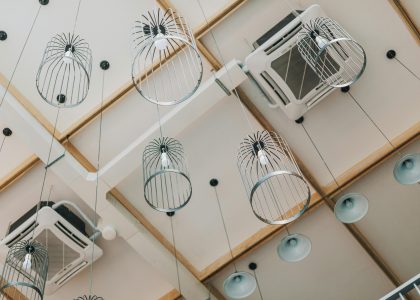Introduction
Low consumption lamps have surged in popularity in recent years, thanks to their energy-saving properties and lower electricity bills. These lamps, known as LED (Light-emitting Diode) or CFL (Compact Fluorescent Lamp), use less power than traditional incandescent bulbs, and offer a variety of advantages including durability, longevity and eco-friendliness.
Advantages of Low Consumption Lamps
1. Energy-efficient Properties
The primary advantage of low consumption lamps is their energy efficiency. According to the US Department of Energy, LED bulbs consume up to 75% less energy than incandescent bulbs, while CFL bulbs consume up to 60% less energy. This energy efficiency can significantly reduce your electricity bill and has positive environmental impacts by reducing greenhouse gas emissions.
2. Durability and Longevity
Low consumption lamps are also known for their durability and longevity. LED bulbs last up to 25 times longer than incandescent bulbs, while CFL bulbs can have a lifespan of up to 10,000 hours. This longevity means that you won’t have to replace them as frequently, which saves you money and reduces waste.
3. Eco-friendliness
Low consumption lamps are also eco-friendly, as they do not emit as much heat as incandescent bulbs, which can lead to a reduction in energy consumption for air conditioning. They also do not contain as many harmful chemicals as traditional bulbs, which makes them safer to dispose of and reduces the environmental impact of incandescent bulbs.
The Benefits of Switching to Low Consumption Lamps
1. Cost Savings on Electricity Bills
By switching to low consumption lamps, you can save money on your electricity bill. According to the US Environmental Protection Agency, making the switch to ENERGY STAR certified LED bulbs can save you up to $75 per year. This can be especially beneficial in countries where utility charges are high and can give you more control over your energy usage.
2. Improved Lighting Quality
Low consumption lamps also offer improved lighting quality compared to traditional incandescent bulbs. They have a higher color rendering index (CRI), which means they can provide more natural and accurate colors, not to mention they can be tuned to emit different colors of light to create different atmospheres.
3. Long-term Cost Savings
In addition to the initial cost savings on your electricity bill, low consumption lamps can result in long-term cost savings. LED bulbs can last up to 25,000 hours, which reduces the frequency and cost of replacements, while CFL bulbs can last up to 10,000 hours. This long lifespan means that they are a worthwhile investment in the long run.
Low consumption lamps offer a wide range of advantages and benefits, from energy efficiency to long lifespan. Switching to low consumption lamps can have a positive impact on your bank account, the environment, and your lighting quality. By making the switch to low consumption lamps, you can enjoy a better life and achieve energy savings that will benefit your pocketbook in the long run.





